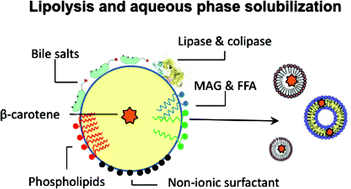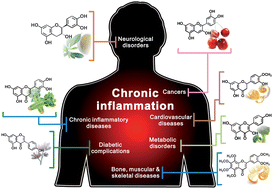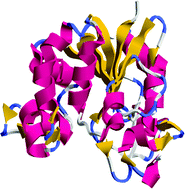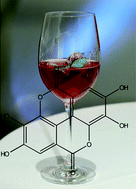In human supplementation studies nuts have been shown to improve the lipid profile, increase endothelial function and reduce inflammation, all without causing weight gain. They have a favourable fatty acid profile with low saturated fats and high PUFA which provides a rationale for the some of these effects, however, the benefits seen in these trials are greater than what would be predicted based on the amount and nature of fat consumed. This suggests other bioactive constituents are present – but what are they?
 Joe Vinson and Yuxing Cai have tested the hypothesis that the mystery bioactive compounds are polyphenols. This hypothesis is supported by a body of work showing nuts have antioxidant capacity.
Joe Vinson and Yuxing Cai have tested the hypothesis that the mystery bioactive compounds are polyphenols. This hypothesis is supported by a body of work showing nuts have antioxidant capacity.
The team from the University of Scranton in the USA measured polyphenol levels in nuts and found that walnuts had the highest free and total polyphenols. Furthermore, total polyphenols in the nuts was significantly higher than free polyphenols and roasting had little effect on the polyphenol levels. The team also investigated the efficacy of nut antioxidants and showed that walnut extracts were superior in binding lower density lipoprotein and inhibiting its oxidation than other nuts. However, all nuts are high in polyphenol antioxidants which by binding to lipoproteins inhibit oxidative processes that lead to atheroscelrosis in vivo.
Finally, the team then used their findings on polyphenol levels in nuts and per capita consumption data to calculate the contribution of nuts to the daily antioxidant intake in the US diet. They show that nuts represent 19% of the food and beverage polyphenols in the average US diet.
Interested in knowing more? Read the full article for free until the end of January 2012.
Nuts, especially walnuts, have both antioxidant quantity and efficacy and exhibit significant potential health benefits
Joe A. Vinson and Yuxing Cai
Food Funct., 2012, Advance Article, DOI: 10.1039/C2FO10152A













 Espresso coffees, caffeine and chlorogenic acid intake: potential health implications
Espresso coffees, caffeine and chlorogenic acid intake: potential health implications
 Bioactive peptides derived from milk proteins and their health beneficial potentials: an update
Bioactive peptides derived from milk proteins and their health beneficial potentials: an update

